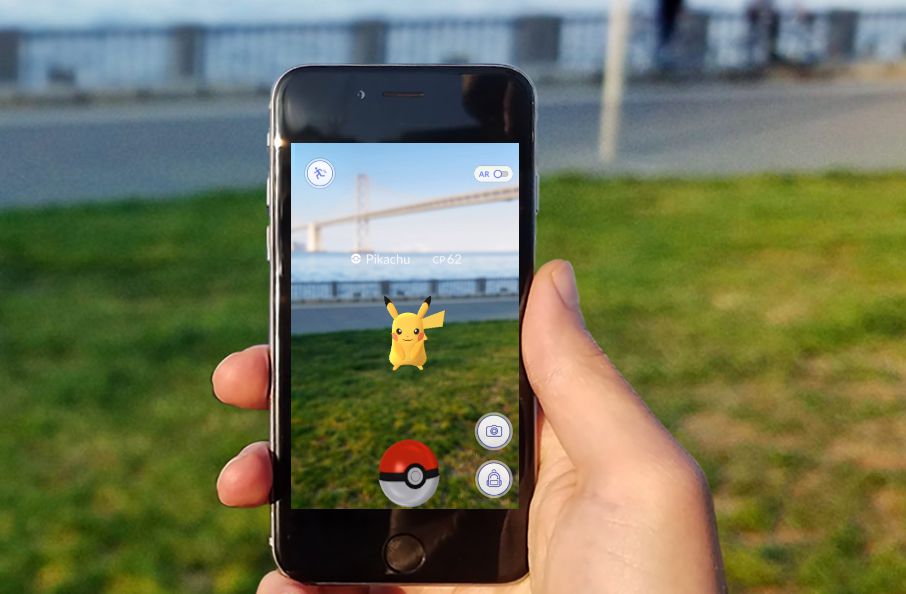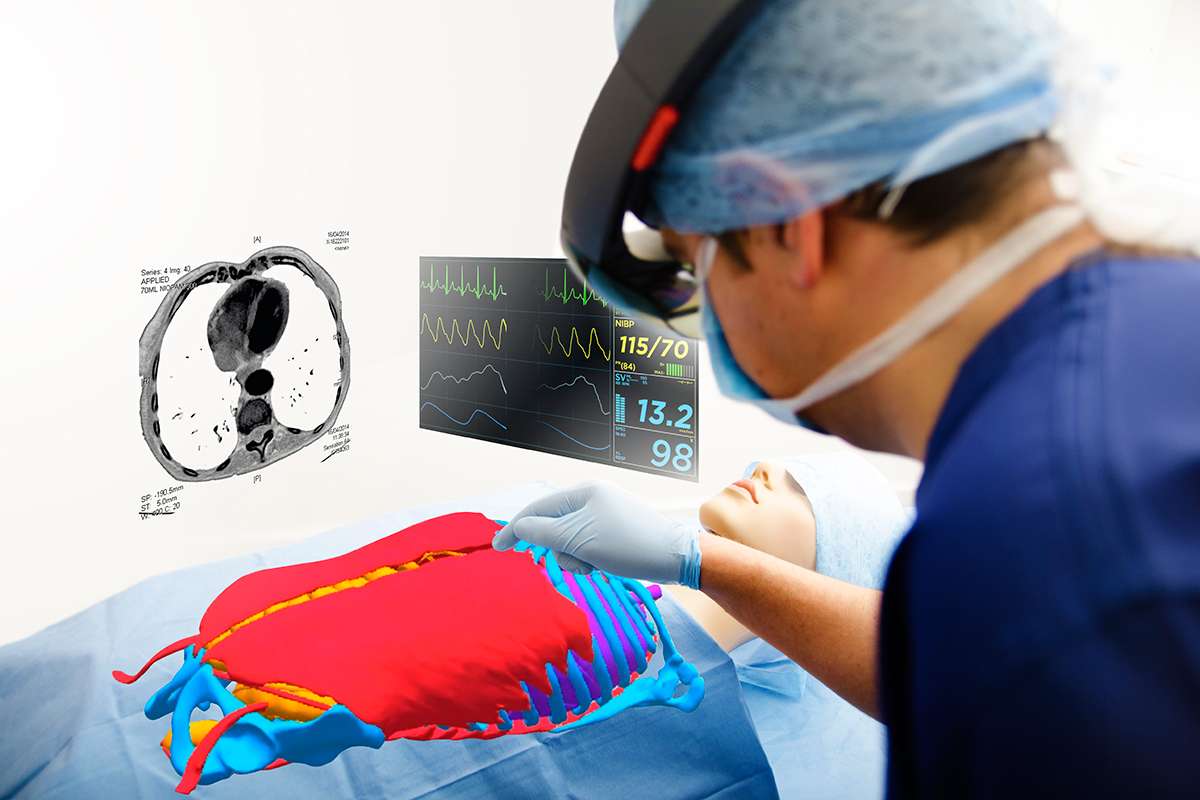As immersive technologies become more advanced, the lines between virtual reality and real life become increasingly blurred. Immersive technology is a spectrum, with reality on one end and VR on the other. In the middle, you have augmented reality, which is technology that doesn’t try to replace the real world but to enhance it.
In a nutshell, AR places computer-generated into the real world in real time. You probably use AR technology on a daily basis without even knowing it. Popular examples of AR include Snapchat selfie filters, which alter facial features in real time, and Pokémon Go, which uses AR to place Pokémon into the real world using your phone’s camera.
While AR isn’t quite as flashy or sci-fi as its cousin VR, it has already become popular, having a wide variety of applications. So far, the three main uses for AR have been entertainment, shopping, and industry. Here we’ll take a look at how AR is already making an impact in these three areas.
How AR could change the way we see the world
Combining video games and the real world

An immediate and obvious application of AR technology is in video games. During the summer of its release, Pokémon Go became arguably the most popular AR technology in the world. Using augmented reality, developer Niantic superimposed Pokémon into your phone’s camera, allowing them to run around and react to the real world.
AR is not just for kids games, either. The new World of Tanks app turns any tabletop into a battlefield. The demo is simply amazing, and it hints at more fun to come.
Beyond video games, augmented reality has been used to enhance toys and other forms of physical entertainment. For example, certain LEGO sets now have AR compatibility. When scanned through your phone, the sets will show new animated features through your screen, such as a train running along a track.
Parents worried about their kids spending too much time on their phones can use AR to make more traditional toys more appealing. AR’s ability to combine virtual objects with the physical world allows users to see their surroundings in all-new, exciting ways.

You need to see this AR Super Mario game
Check it outA high-tech way to shop

Augmented reality has the potential to completely change the way that we shop, and in small doses, it already has. AR’s ability to alter computer-generated images in real time makes it a perfect fit for virtually “trying” products before actually buying them. For example, Lacoste has released an augmented reality-based app that allows users to try on shoes without actually putting them on. A video demonstrating the app can be seen below:
As seen in the video, users simply select a shoe they’d like to try on, and the app superimposes the shoe onto the user’s feet using the camera. The user can then rotate the camera around their foot, allowing them to view the shoe at all angles.
Major fashion brands are already scrambling to come out with their own AR apps that allow users to try on their clothes from the comfort of their homes. Beyond just shoes, certain fashion retailers have installed “magic mirrors” that use augmented reality to allow users to try on entire outfits.
In addition to fashion, the interior decorating industry has also gained a huge tool in AR. Certain apps use AR to change the colors of walls and place virtual furniture, allowing people to see how their redecoration would look before going through all the trouble of actually doing it. IKEA has already implemented this technology, as seen below:
Companies are also using AR as a promotion to get you to buy their products. Facebook teamed up with Universal Pictures with a “Jurassic World” promo that let you take home an AR dinosaur along with your DVD or Blu-Ray purchase.
It isn’t exactly a bold claim to say that in the very near future, augmented reality will be everywhere when it comes to shopping.
Hands-on without being hands-on

For many industries, AR is proving to be a valuable and resource-saving tool that allows workers to get hands-on experience without actually touching or building anything.
For medical professionals, augmented reality provides detailed and realistic recreations of the body, allowing them to practice complex procedures like surgery. Virtual organs can also be overlayed over real live patients, giving doctors a sort of “X-ray vision” and providing them with detailed maps of the body while displaying valuable information like heart rate and blood pressure off to the side. While these systems need to be absolutely perfect when lives are on the line, it is likely that augmented reality will eventually see widespread use in surgery and other medical services as the technology improves.
In addition to medicine, augmented reality can also be used in engineering to help quickly find solutions to complicated problems. For example, AR can be used to display a finished product when it doesn’t actually exist in the real world yet, which can aid in the assembly process. The object can then be taken apart and put back together in real time, and at multiple angles, with each individual part being interactive. The ability to create virtual objects without going through assembly processes will become an invaluable resource that allows engineers to better understand their designs and how to improve on them.
Do you use augmented reality in your daily life? Which part of AR excites you most? Let us know!



